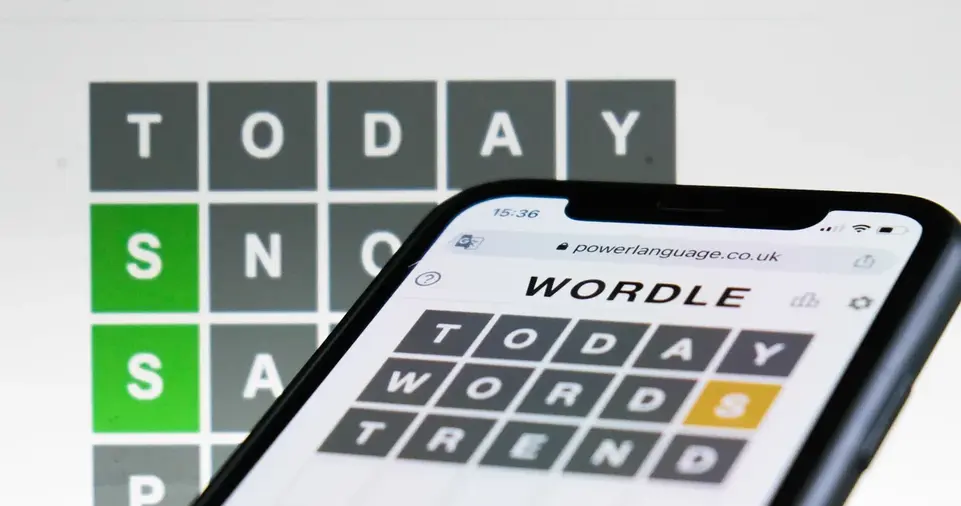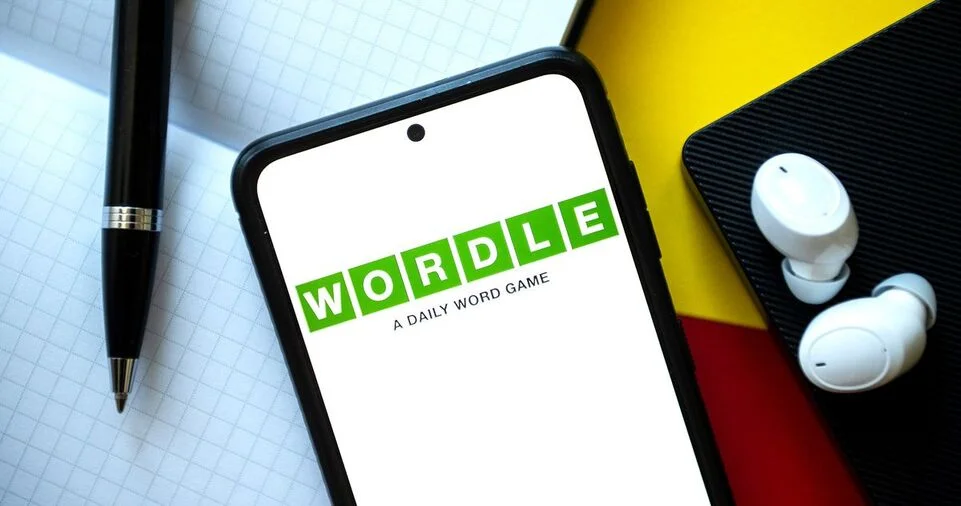Wordle has taken the internet by storm, emerging as one of the most beloved word games in recent years.
Its simplicity, accessibility, and addictive nature make it appealing to players of all ages.
At its core, Wordle challenges players to guess a hidden 5-letter word within six attempts.
With each guess, players receive feedback in the form of color-coded hints that guide them closer to the solution.
While the gameplay appears straightforward, a clever algorithm operates behind the scenes to make Wordle both fun and fair.
The game’s mechanics, including word selection, feedback logic, and daily puzzle distribution, are thoughtfully designed to deliver a seamless experience.
In this article, we will explore the inner workings of Wordle’s algorithm.
From its word selection process to the feedback mechanism and the logic behind its daily puzzles, we will delve into the technical details that make this game a global sensation.
Whether you’re a casual player or a tech enthusiast curious about the algorithm’s design, this detailed guide will provide everything you need to know about Wordle.
What Is Wordle?
Wordle is a web-based word game that gained massive popularity in late 2021 and early 2022.
Developed by Josh Wardle, the game was originally created as a simple pastime for his partner before being released publicly.
It quickly became a viral sensation, thanks to its engaging gameplay and social sharing feature.
The game is easy to understand yet challenging enough to keep players hooked.
How to Play Wordle
- Players are given six chances to guess a 5-letter word.
- After each guess, the game provides feedback on the guessed word:
- Green: Correct letter in the correct position.
- Yellow: Correct letter but in the wrong position.
- Gray: Letter is not in the word at all.
- The goal is to use these clues to deduce the hidden word within the allotted attempts.
This combination of logic and vocabulary skills makes Wordle a stimulating mental exercise that’s both educational and entertaining.
The daily puzzle format, where players get only one new word per day, adds an element of anticipation and shared experience.
Understanding Wordle’s Algorithm
Wordle’s gameplay might seem simple on the surface, but its underlying algorithm is remarkably well-designed.
Let’s break down its core components:
Word Selection Process
The first step in Wordle’s design is selecting the hidden word, also known as the “answer word.”
This involves several key factors:
- Word Bank Creation:
- Wordle uses two main lists:
- Solution List: A curated set of 5-letter words considered suitable as answers. These words are generally common and recognizable to ensure fairness.
- Guessable Words List: A larger database of valid 5-letter words that players can use as guesses. This list includes more obscure words that might not be used as solutions.
- Wordle uses two main lists:
- Randomization:
- For the daily puzzle, the answer word is selected randomly from the solution list. However, in the public version, the sequence of words is pre-determined, ensuring that all players worldwide receive the same word each day.
- Avoiding Obscurity:
- The solution list is curated to avoid overly technical, archaic, or obscure words, ensuring accessibility for a broad audience. Words like “piano” or “apple” are more likely to appear than niche terms.
By carefully managing its word bank, Wordle balances difficulty and fairness, ensuring that the game remains enjoyable for players of varying skill levels.
Feedback Mechanism
The feedback system is the heart of Wordle, providing players with essential clues to narrow down their guesses.
Here’s how it works:
- Letter Matching:
- For each letter in the guessed word, the algorithm compares it to the corresponding position in the answer word.
- Color Coding:
- Green: If the guessed letter matches the exact position in the answer word, it is highlighted in green.
- Yellow: If the guessed letter exists in the answer word but is in the wrong position, it is marked yellow. Importantly, the algorithm ensures that yellow markings correspond to the actual number of occurrences of the letter in the answer word.
- Gray: Letters not present in the answer word are marked gray.
- Example Feedback:
- If the answer word is APPLE and the player guesses PLANE, the feedback will be:
- P (Yellow): Present in the word but wrong position.
- L (Green): Correct letter and position.
- A, N, E (Gray): Not in the word.
- If the answer word is APPLE and the player guesses PLANE, the feedback will be:
This feedback mechanism relies on efficient comparison algorithms to analyze guesses in real-time and provide instant, accurate results.
Daily Puzzle Distribution

One of Wordle’s unique features is its daily puzzle format.
All players worldwide receive the same word each day, fostering a sense of community and shared experience.
Here’s how this works:
- Global Synchronization:
- The game uses a pre-set sequence of words to ensure that all players encounter the same daily puzzle. This sequence is stored server-side and cycles through the solution list in a consistent order.
- 24-Hour Reset:
- A new puzzle is released every 24 hours at a fixed time. Players eagerly await the reset to tackle the next challenge.
- Social Sharing:
- After completing a puzzle, players can share their results as a grid of colored squares, showcasing their performance without revealing the solution. This feature has played a significant role in Wordle’s virality.
Why Wordle is Addictive
The widespread popularity of Wordle can be attributed to several psychological and gameplay factors:
Cognitive Challenge
Wordle engages players’ logical reasoning and vocabulary skills.
The limited number of guesses forces players to think strategically, making each attempt meaningful.
The process of analyzing feedback and refining guesses stimulates the brain and provides a satisfying mental workout.
Accessibility
The game’s simple rules and minimalistic interface make it easy for anyone to pick up and play.
Unlike many modern games, Wordle doesn’t require downloads, accounts, or in-app purchases, lowering barriers to entry.
Social Connectivity
Wordle’s sharing feature has turned it into a social phenomenon.
Players often compare results, discuss strategies, and challenge friends, fostering a sense of community.
The universal daily puzzle ensures everyone is solving the same challenge, adding to the shared experience.
One-Puzzle-a-Day Design
Limiting players to one puzzle per day creates anticipation and prevents burnout.
This scarcity model keeps players coming back regularly without overwhelming them.
The Role of Technology in Wordle
From a technical perspective, Wordle showcases the power of simple yet effective algorithms.
Let’s explore the technology behind the game:
Efficient Algorithms
- Comparison Logic:
- Wordle’s algorithm uses array-based or map-based structures to track letter positions and occurrences. This ensures fast and accurate feedback generation.
- Input Validation:
- The game checks each guess against the guessable words list to ensure validity. Invalid words are rejected, prompting players to try again.
- Real-Time Processing:
- Feedback is provided instantly, requiring optimized code to handle comparisons and color assignments without noticeable delays.
Web-Based Platform
Wordle is entirely web-based, making it accessible across devices with a browser.
Its lightweight design ensures smooth performance, even on older devices or slower connections.
ALSO READ: How to Find High-Quality Jigsaw Puzzles That Last
Conclusion
Wordle’s charm lies in its simplicity and clever design.
Beneath its minimalistic interface, a thoughtfully crafted algorithm ensures engaging gameplay, fair word selection, and instant feedback.
By offering a single puzzle per day, Wordle keeps players coming back while fostering a sense of global community.
Whether you’re a casual player or a tech enthusiast, understanding the mechanics behind Wordle enhances appreciation for its elegant design.
As you tackle each puzzle, remember the intricate algorithms working behind the scenes to deliver a seamless experience.
Wordle is more than just a game; it’s a testament to how simplicity and innovation can create something truly captivating.

